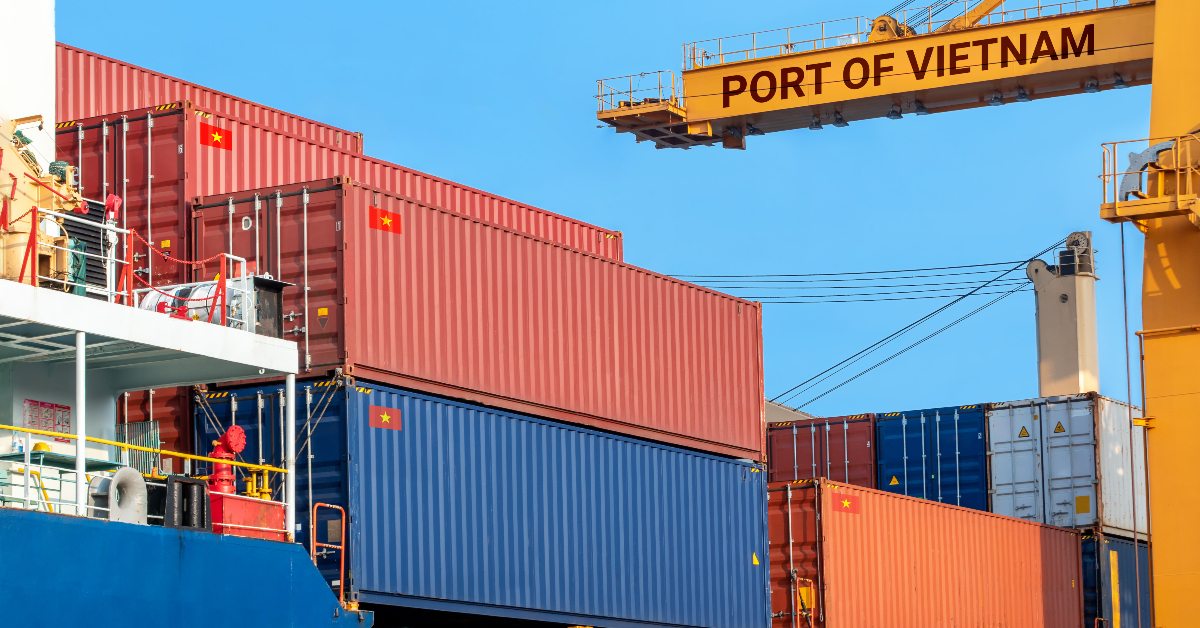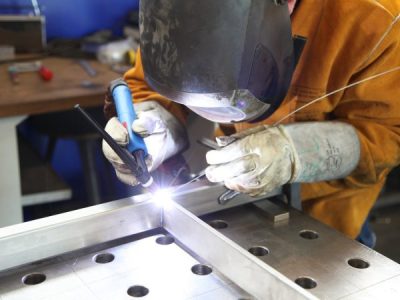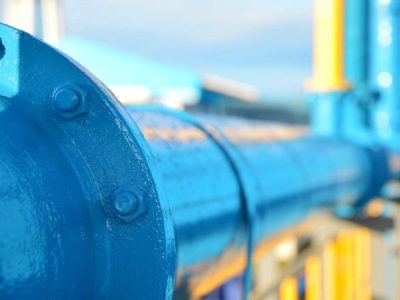Since the beginning of the pandemic, there has been an increasing trend towards moving manufacturing operations closer to home. Greater emphasis has been placed on supply chain diversification. This poses a unique opportunity for Australia’s manufacturing industry to shift production operations to nearby countries. This process is called ‘nearshoring’.
Read on to discover how nearshoring works, and how it will shape Australia’s manufacturing industry in the future.
What Is Nearshoring?
Like offshoring, nearshoring involves outsourcing labour to another country. The key difference is that nearshoring occurs when labour is outsourced to a nearby country. Nearshoring has long been an effective way for companies to dip their toe into outsourcing overseas, to determine whether this business process suits their company.
Nearshoring offers many benefits, including similar time zones, limited liabilities, lower outsourcing costs and facilitates easier visits from the parent company to offshore employees.

What Countries Have The Greatest Nearshoring Potential?
Countries that are close to home and have lower labour costs offer the greatest nearshoring potential for Australian manufacturing companies, including those manufacturing heavy equipment and heavy machinery.
Vietnam
Vietnam is known as one of the most competitive alternatives to offshoring to China. Like China, Vietnam offers lower labour costs along with manufacturing experience. As electricity bills make up a significant part of production costs, the low electricity costs found in Vietnam make it an attractive nearshoring option. Vietnam has experienced dramatic changes to their energy policies that have caused rapid growth and investment in solar power. By 2030, Vietnam plans to raise the proportion of renewables in its power mix to 15%-20%. Liquified Natural Gas (LNG) will replace planned coal-fired power plants.
Indonesia
Another nearshoring opportunity for Australia is Indonesia. Already, Indonesia is the largest economy in Southeast Asia and the 16th-largest in the world. A key benefit of nearshoring to Indonesia is the country’s large and skilled workforce. With a population of almost 271 million people, a median age of 28 years, and low labor costs, Indonesia is another competitive opportunity for nearshoring.
Thailand
Thailand offers another appealing opportunity for Australian companies looking at their nearshoring options. Thailand has a friendly international business climate, as well as low labour costs. In fact, labour costs in Thailand are half of those in China. While Thailand cannot compete with other nearshoring countries’ younger workforces, investor confidence has increased in Thailand since COVID-19, due to the economic resilience they demonstrated.

Australia’s Potential To Start Nearshoring
In the wake of the pandemic and China’s trade war with Australia, some stakeholders working in manufacturing industries such as mining, heavy equipment and machinery have been looking forward to the reshoring of labour back to Australia.
Economist Chris Richardson, from Deloitte Access Economics, explained that since China’s trade war with Australia, national income has actually increased.
He also expects that since the pandemic, manufacturing will increase in Australia, but slowly. Dr. Richardson believes that despite the government’s $1.5 billion investment in local manufacturing, Australia’s manufacturing workforce lacks the skills and resources to sustain local manufacturing.
With manufacturing being taken out of China, it won’t necessarily be viable to return to Australian shores.
Instead, Dr Richardson anticipates manufacturers in Australia will invest in nearshoring, to capitalise on the lower labour costs, skilled and young workforces found in countries such as Vietnam and Indonesia.
Australia’s anticipated turn to nearshoring may not be the outcome the manufacturing sector was hoping for in the wake of the pandemic; with many stakeholders expecting an increase in local manufacturing instead. However, the lower labour costs and diversified supply chain will bring about new benefits to Australia’s manufacturing industry.
2020 was a challenging year for manufacturing in Australia, and across the globe. While nearshoring may not be the initial outcome manufacturing stakeholders were expecting post-pandemic, it will hopefully bring about exciting opportunities and benefits for Australia’s manufacturing industry. At APT Spray Painting, we proudly provide high quality spray painting services for clients across a wide range of manufacturing industries, including mining, heavy equipment and other machinery. Check out our superior spray painting facilities today, and contact our team for more information.




